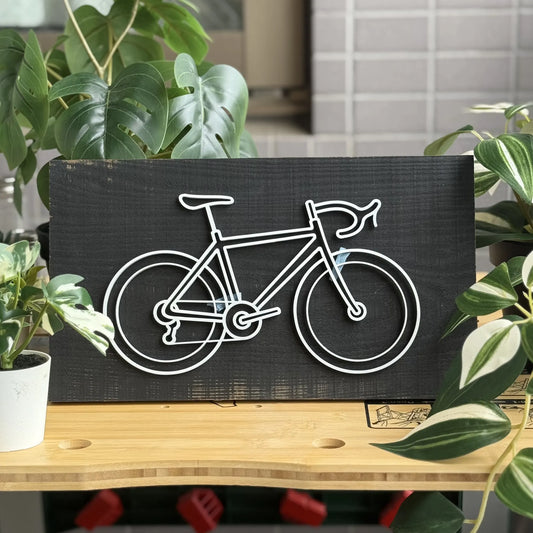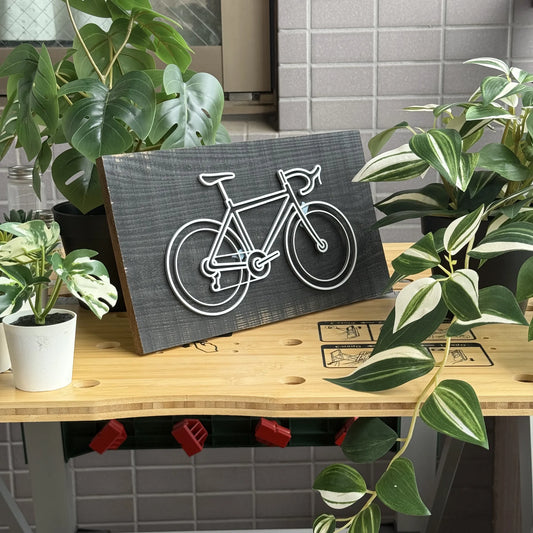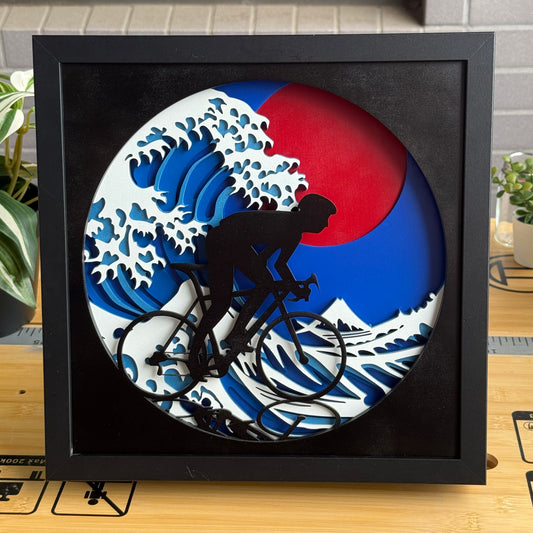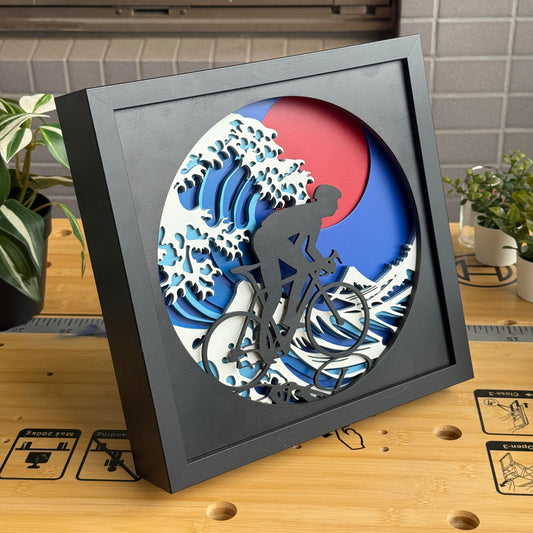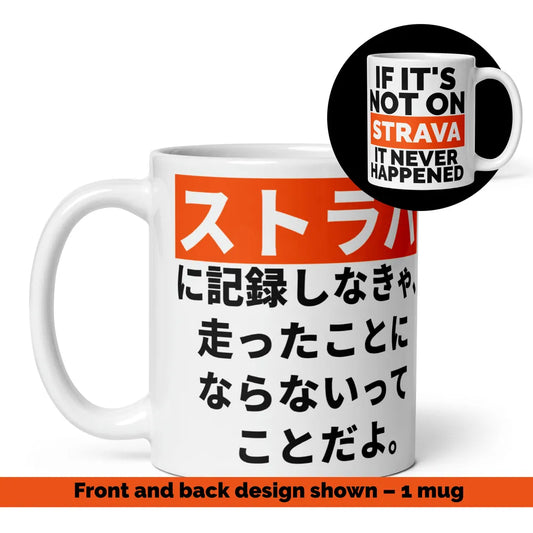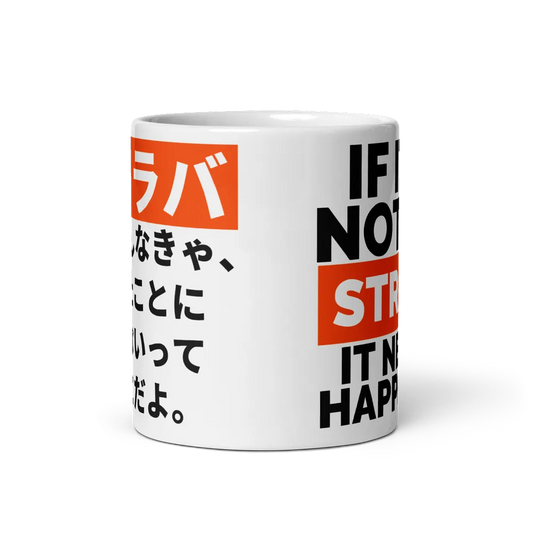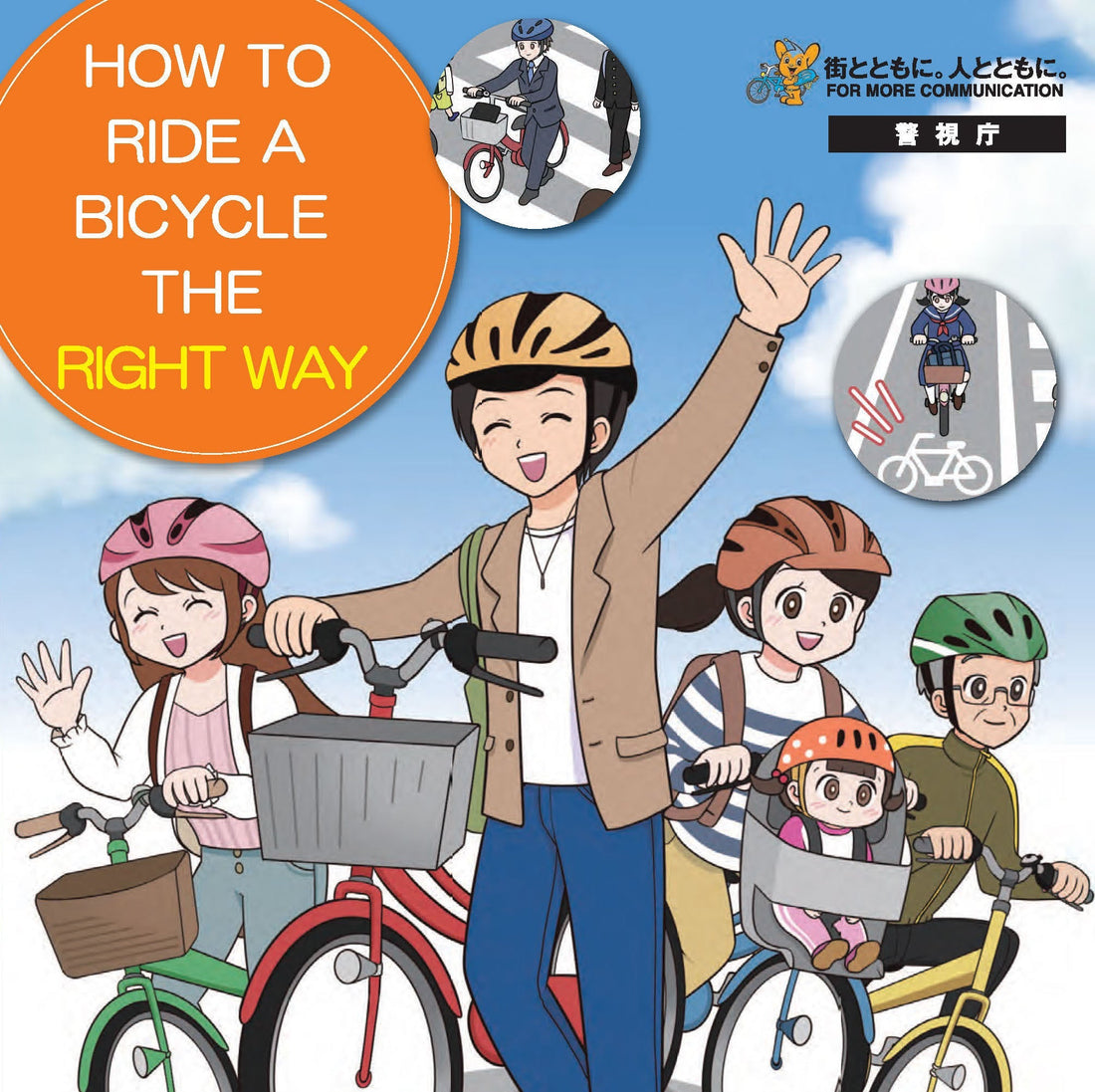
Essential Road Rules for Cycling Safely in Japan
If you’re planning a cycling adventure in Japan, or if, like me, you’re a long-term resident and cycling enthusiast, understanding Japan’s road rules is essential. These rules ensure both your safety and that of other road users, reflecting Japan’s structured approach to road safety. This guide walks you through six key rules every foreign cyclist, especially those from countries like the UK, needs to know.
1. Making Right Turns: Use the "Hook Turn" Method

Photo: Hook turn
Unlike in the UK, cyclists in Japan must not turn right directly across traffic. Instead, Japan requires a "hook turn" to ensure safety at intersections. Here’s how it works:
- Move forward across the intersection in the left lane.
- Stop at the far corner, facing in the new direction.
- Wait for the green light to proceed in the direction you intended to turn.
This method, stipulated under Japan’s Road Traffic Act, Article 34, is critical to understand as it’s an unusual concept for cyclists from many other countries.
2. Watch for Late Left Turn Signals from Vehicles
In Japan, drivers often signal a left turn only at the last moment, so it’s essential to stay vigilant. Here are some tips:
- Look Ahead: Be aware of upcoming intersections and watch for vehicles that may suddenly slow down to turn left.
- Avoid Paralleling Cars: Ride slightly ahead or behind cars instead of directly beside them when possible.
- Position at Traffic Lights: Roll forward to be visible to drivers, especially if approaching a light with a left-turn option.
This helps prevent conflicts with turning vehicles, which may focus on pedestrians and miss cyclists in blind spots.
3. Insurance is Mandatory for Cyclists
In Tokyo and increasingly across Japan, cyclists are required to have liability insurance to cover potential damages. Accidents involving pedestrians or other road users can lead to costly medical and legal consequences, so make sure your insurance covers third-party liability.
4. Helmets Are Highly Recommended
Helmet use is strongly advised in Japan. While adults are not strictly required by law to wear helmets, it’s encouraged, and new mandates in 2024 require students to wear helmets when cycling to school. Japanese roads are smooth and allow for higher speeds, making helmets a vital safety precaution.
5. No Earphones Allowed While Riding
For safety, Japan prohibits using earphones while cycling. Article 71 of the Road Traffic Act and Tokyo’s Road Traffic Ordinance (Article 8) forbid distractions that reduce awareness of surrounding sounds. Stay focused to ensure your safety and that of others on the road.
6. No Texting or Phone Use While Riding
As of 2024, texting while riding is prohibited and strictly enforced. GPS use is allowed, but avoid handling your device in a way that looks like texting.
7. If You Are Involved in an Accident, Call the Police Immediately
Regardless of what the other party says, they could later claim full fault, potentially making you liable for damages and injuries. Calling the police ensures an official report is filed to protect you. Document the scene with photos of vehicles, bicycles, injuries, and ensure police record statements from both parties.
Helpful Resources
For official information, see these leaflets from the Tokyo Metropolitan Police Department:
Navigating Japan’s cycling rules is straightforward once you know these essentials. Whether in Tokyo or Kanagawa, keep these tips in mind for a safe and enjoyable ride!

























